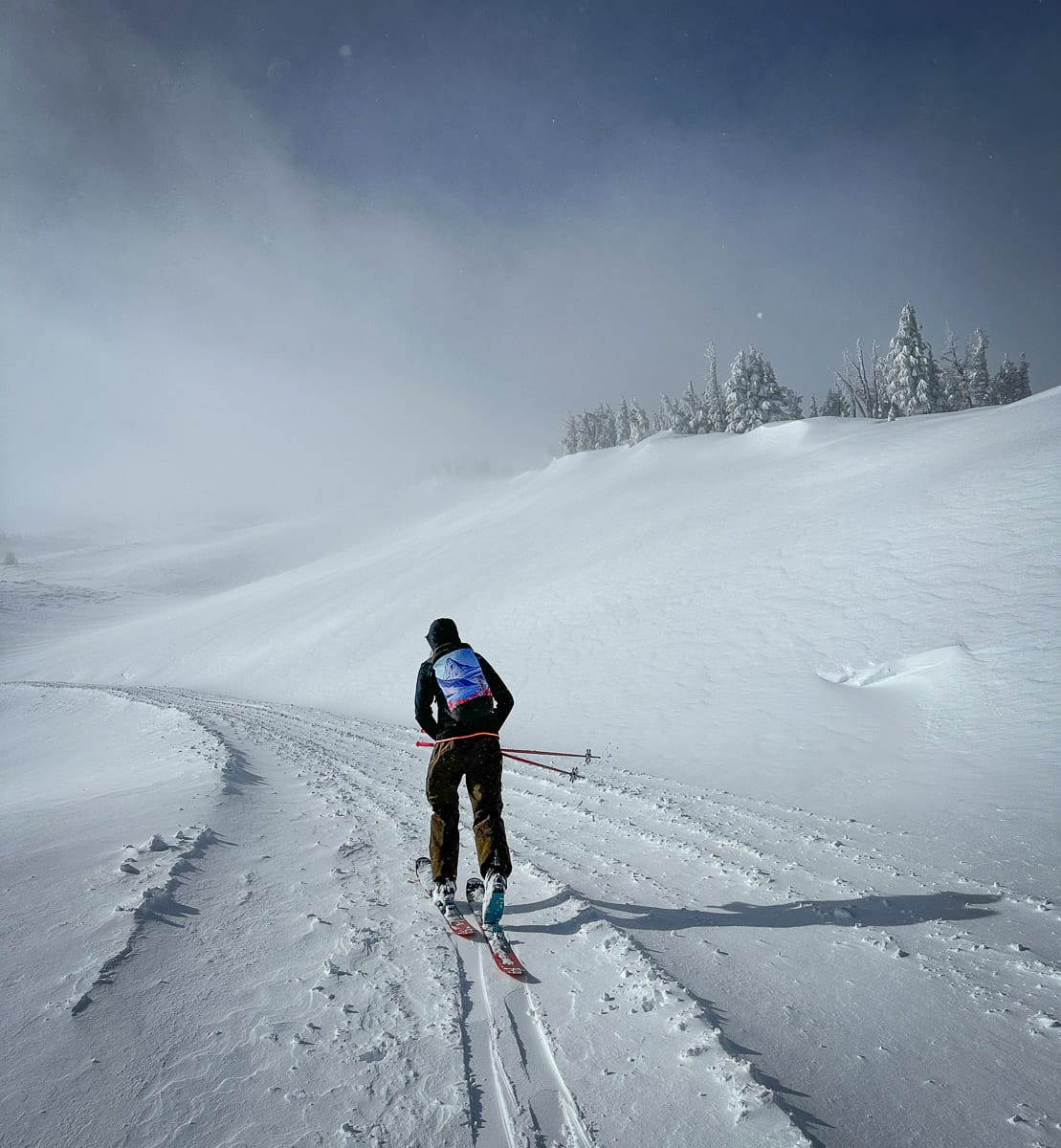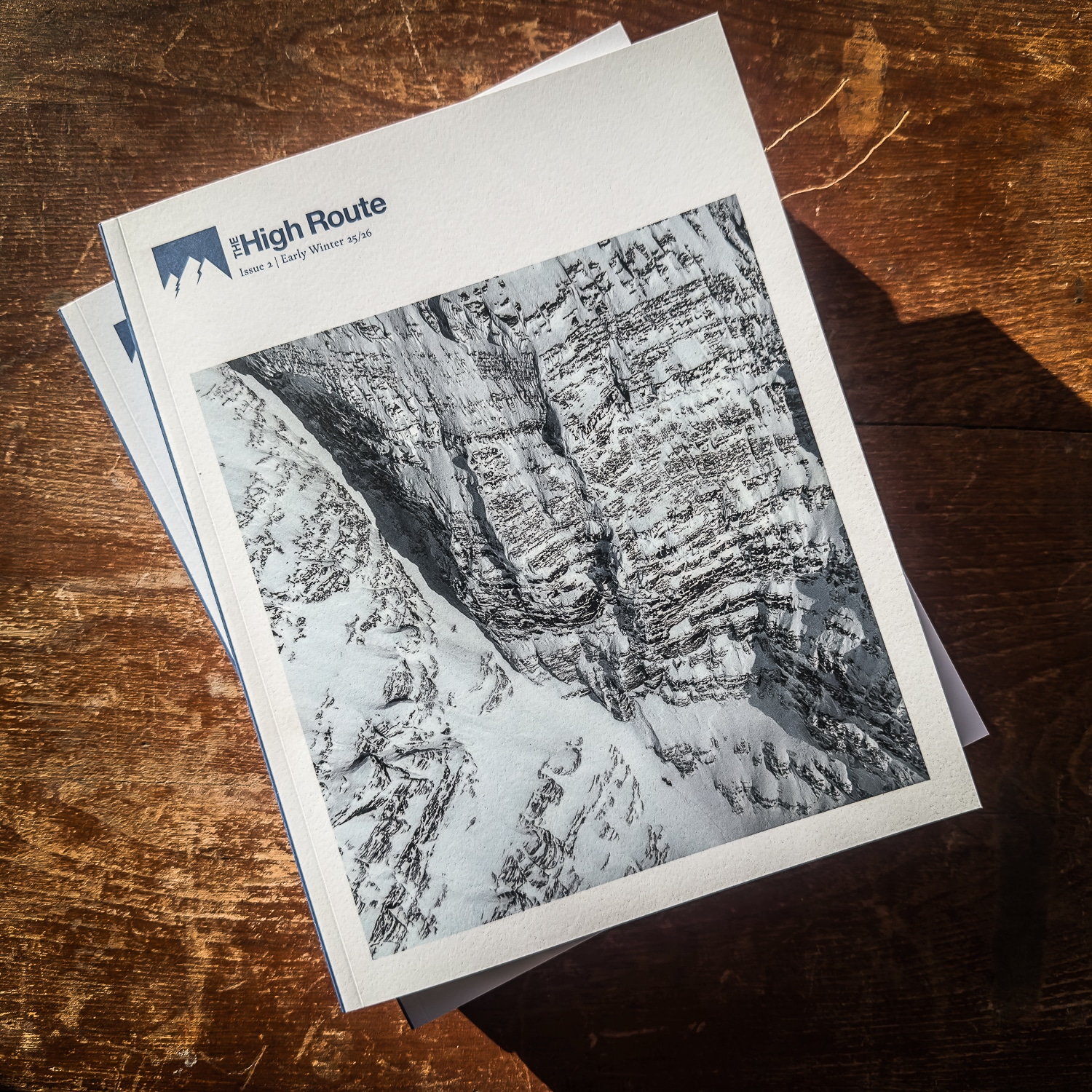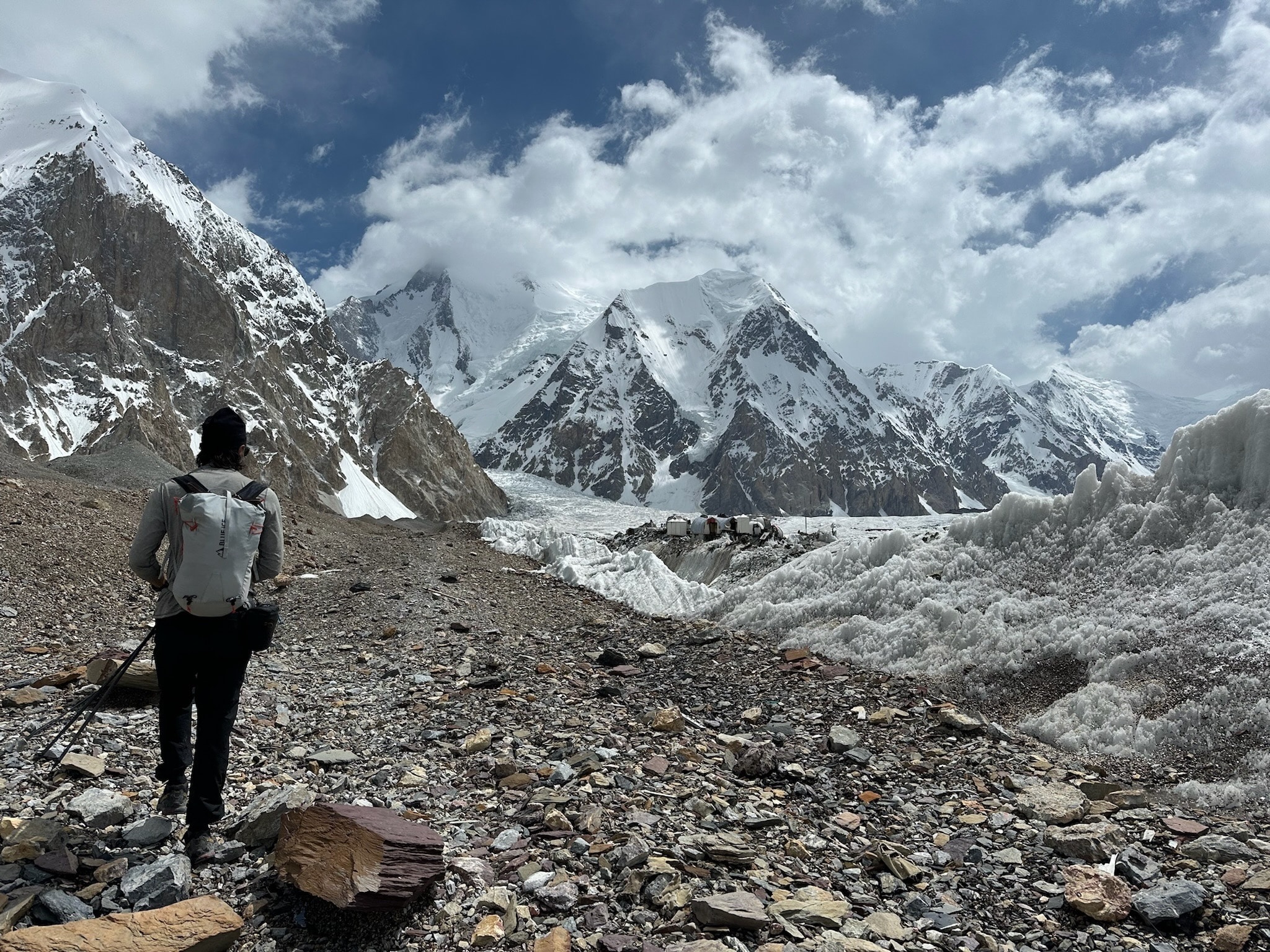New ski tourists come to the endeavor with a mix of readiness, ambition, elevated levels of Testosterone, which might compound all this, and, yes, caution. There may be times when it is wise to have concerns about an in-bounds tour/ski,and others when it is not. Let’s run through some of the details.
Here’s the question posed by a newish backcountry skier: Is it safe to tour solo at a resort outside normaloperating hours? Do I treat this like I’m in the backcountry (e.g., always carry a beacon/shovel/probe on me)?
We’ll answer this with the basic premise that if you feel like carrying these tools is wise, you should carry them regardless of your real and/or perceived exposure to avalanche hazards. The extra weight and volume in your pack aren’t significant. The other key item relating to all this is the question states “solo.” If you are truly alone, and certain not to run into other folks in potential avalanche terrain, and here we are referring to on-piste after hours uphilling and descending, and for some reason you are caught in a slide, your safety tools, as far as we can tell, won’t come in handy. However, a transceiver in send mode will always help with rescue/recovery.) As a rule of thumb, whether you are out touring solo in the backcountry or on-piste and have a transceiver, there is no harm in keeping the unit turned on and in send mode.
Let’s return to the question and some other items to consider. Ski areas have posted rules relating to uphill travel during and after hours. For example, uphillers are restricted to certain routes/terrain/trails at Mt. Bachelor during operating hours and after hours. Further, the mountain operations uphill policy states, “Conduct yourself as though traveling in the backcountry. Avalanche and Snow Immersion Suffocation potential exists. Carry rescue equipment, practice safe travel and deep snow safety techniques and always travel with a partner.”






Leave a Reply
You must be logged in to post a comment.